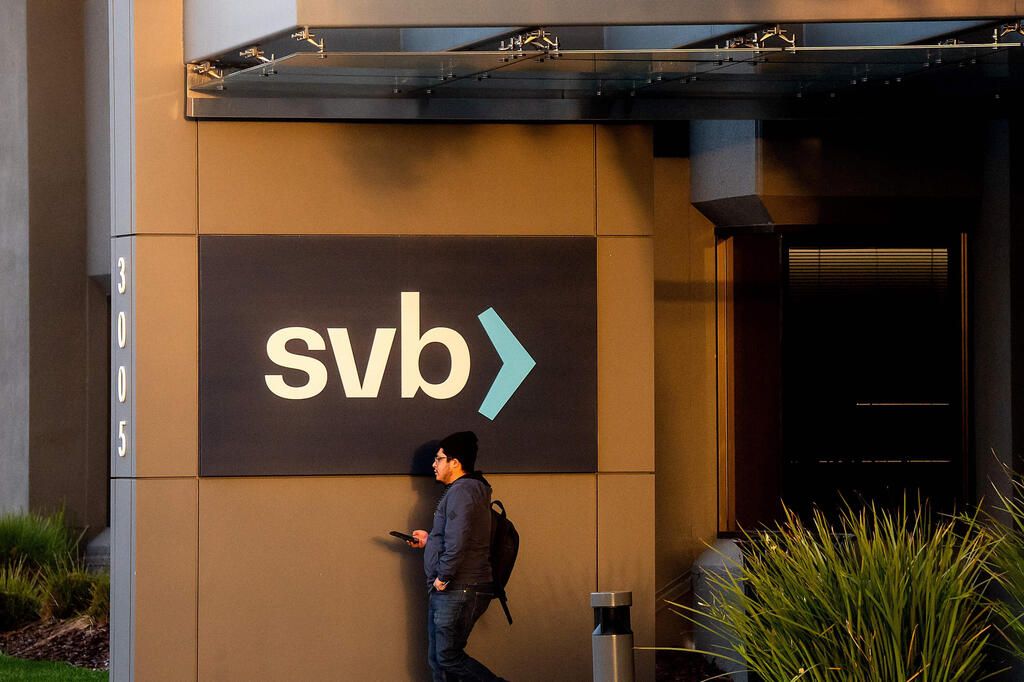
Blame game: Whose at fault for the SVB collapse?
A post-mortem conducted by the Federal Reserve on Silicon Valley Bank lays the blame on everyone: from the bank's management, to concerned customers, to the Fed itself. Even former President Donald Trump is blamed after promoting the softening of regulation in 2018
A month after the U.S. banking system underwent a severe upheaval with the collapse of three medium-sized banks, the Federal Reserve published a post-mortem analysis of the fall of the largest of them, Silicon Valley Bank (SVB). The bottom line: as with any crisis in the financial system, everyone is to blame, even social media.
The report published at the end of the week alongside two other reports that review the collapses in the banking system, included two resounding conclusions. One, the collapse occurred because SVB's board and management failed in risk management, and the second, it happened because structural failures at the Fed led to ineffective supervision. "Regulatory standards for SVB were too low, the supervision of SVB did not work with sufficient force and urgency, and contagion from the firm’s failure posed systemic consequences not contemplated by the Federal Reserve’s tailoring framework," wrote the Fed's Vice Chair for Supervision Michael Barr, an appointment of President Biden, who led the process.
In the report, Barr refers to the negative effects of the softening of the Dodd-Frank regulations by the Trump administration in 2018. "While higher supervisory and regulatory requirements may not have prevented the firm’s failure, they would likely have bolstered the resilience of Silicon Valley Bank," the report states. The weakening of the regulations, partly due to the pressure exerted by SVB, which at the time was growing rapidly, prevented the bank from establishing "a risk-management and control infrastructure suitable for the size and complexity of SVBFG when it was a $50 billion firm, let alone when it grew to be a $200 billion firm."
Alongside this, Barr noted that a structural failure was found in the supervision of the Fed, which stems from an organizational culture of reluctance to be assertive. That problem was exacerbated by new directives issued by Barr's predecessor in the role, Randal Quarles, a Trump appointee. It so happened that, even though the bank was issued 31 unaddressed supervisory warnings (three times the average), no substantial action was taken to correct the deficiencies. One of the warnings received concerned the interest rate risks, and weeks later the bank collapsed for this very reason.
"In the interviews for this report, staff repeatedly mentioned changes in expectations and practices, including pressure to reduce burden on firms, meet a higher burden of proof for a supervisory conclusion, and demonstrate due process when considering supervisory actions," Barr wrote. "There was no formal or specific policy that required this, but staff felt a shift in culture and expectations from internal discussions and observed behavior that changed how supervision was executed. As a result, staff approached supervisory messages, particularly supervisory findings and enforcement actions, with a need to accumulate more evidence than in the past, which contributed to delays and in some cases led staff not to take action."
Above all, Barr concludes, it was social media that allowed the deposit holders to quickly spread their fears about the collapse of the bank, while technology allowed the immediate withdrawal of the money. Until a month ago, SVB was the 16th largest bank in the U.S. with assets worth $212 billion, Signature managed assets worth $110 billion and was the largest bank servicing the crypto market — 27% of its deposits came from this sector. Silvergate, which also specialized in providing services to crypto companies, managed assets of around $11 billion. The three banks suffered from the same diseases: they provided a niche service in the technology sector, invested uninsured customer deposits in government bonds that suffered large losses on paper following interest rate increases and suffered from a liquidity crisis following upheavals in the technology sector.
In the FDIC's report, the underlying cause of Signature's collapse was described as "bad management that pursued rapid and unbridled growth." The bank also financed the expansion by relying too much on uninsured deposits without performing checks on its liquidity risk. The report points out that the FDIC was also not quick and thorough enough in dealing with the bank's problems that were already identified in 2018. In a report by the Government Accountability Office (GAO) that was also published at the end of the week, the supervision of the Fed and the FDIC were criticized, claiming that both failed to "increase supervisory activities in a timely manner."















